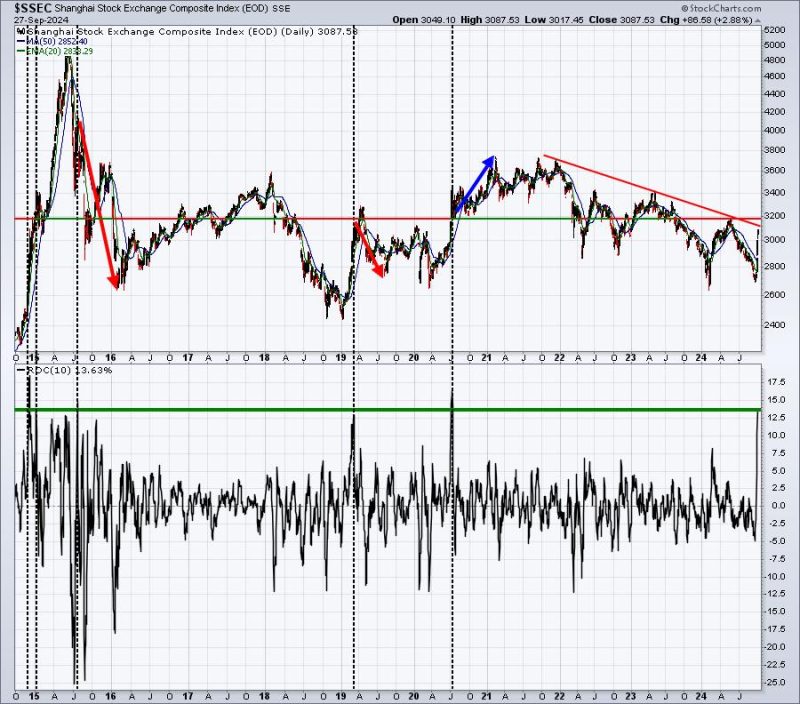China’s economic strength has been under the spotlight in recent weeks as it continues to showcase impressive growth and resilience despite global challenges. The country’s ability to sustain this momentum and navigate future uncertainties is key to shaping not only its own economic prospects but also the international landscape.
One of the pillars supporting China’s recent strength has been its robust domestic consumption. With a population of over 1.4 billion, China boasts a vast consumer market that has continued to expand, fueled by rising incomes and changing consumption patterns. The Chinese government’s efforts to boost domestic consumption as part of its economic reform agenda have played a significant role in driving this trend. By promoting a shift towards a more consumption-driven economy, China has been able to reduce its reliance on export-led growth and create a more sustainable economic model.
Additionally, China’s proactive approach to technology and innovation has been instrumental in bolstering its economic resilience. The country has made significant investments in research and development, leading to breakthroughs in areas such as artificial intelligence, renewable energy, and biotechnology. This focus on innovation has not only enhanced China’s competitiveness on the global stage but also positioned it at the forefront of key industries that are shaping the future.
Furthermore, China’s infrastructure development has been a key driver of its economic strength. The country’s ambitious infrastructure projects, such as the Belt and Road Initiative, have not only improved connectivity within China but also strengthened its trade links with partner countries. By investing in transportation networks, energy facilities, and digital infrastructure, China has laid the groundwork for sustainable growth and greater economic integration in the region and beyond.
Despite these strengths, China also faces challenges that could impact its ability to sustain its recent economic momentum. Rising debt levels, an aging population, and geopolitical tensions are among the key risks that China will need to navigate in the coming years. Managing these challenges effectively will be crucial in ensuring that China’s economic strength remains resilient and sustainable in the long term.
In conclusion, China’s recent economic strength reflects its resilience in the face of global uncertainties and its commitment to driving sustainable growth through domestic consumption, innovation, and infrastructure development. By proactively addressing challenges and seizing opportunities, China has the potential to not only sustain its current momentum but also shape the future of the global economy.


































